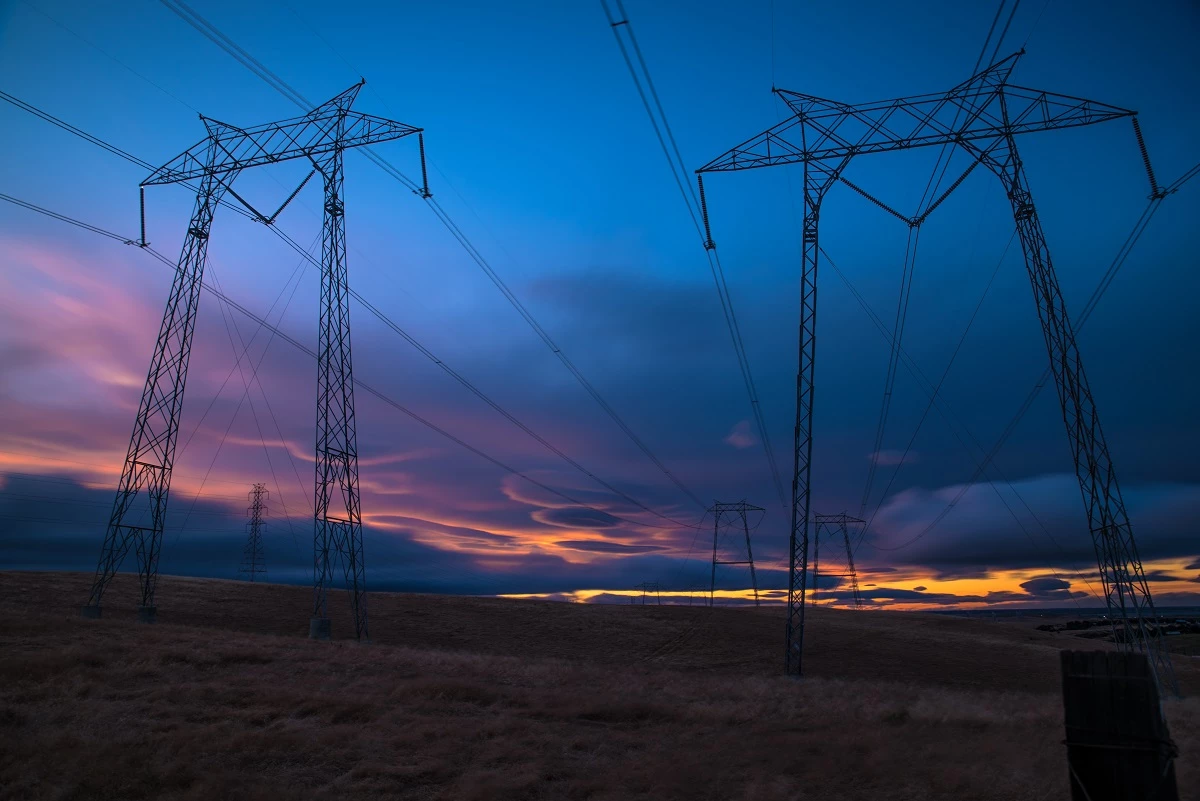
Partner Article
Renewables all but close the gap with fossil fuel power generation
Only prolonged outages at two nuclear plants prevented renewables generating more power than fossil fuels in the three months to the end of September, in what was very nearly a landmark quarter for Britain’s power generation sector.
The latest report by Teesside-based energy market analyst EnAppSys says that power outages at Dungeness B and Hunterston nuclear plants prompted increased levels of generation from gas, which prevented renewables from taking the dominant share of power generation over the three-month period for the first time.
During the July-September period, renewables output reached 24.4TWh, closing the gap on fossil fuels at 25.1TWh which included 0.4TWh from coal-fired stations.
Although not the highest quarterly level of renewables generation on record, wind farm operators continue to benefit from the ongoing commissioning of new projects, with a steady stream of offshore wind farms coming online.
While renewable generation levels traditionally dip in the summer months due to reduced wind speeds, renewable output climbed 5% from the previous quarter and 13% from Q3 2018, reinforcing the prevailing trend.
In contrast, nuclear generation dropped 20% from Q3 2018 to 12.8TWh, and this 3.3TWh drop in power output was the key factor in prompting additional levels of gas-fired generation.
Paul Verrill, director of EnAppSys, said: “Britain’s power generation figures during the third quarter continued the trend of previous periods and it is now only a matter of time before renewables overtake fossil fuels as the dominant source of power.
“In particular, with further new CfD contracts recently being awarded, we are set to see significant further growth in future offshore wind capacity over the coming years.
“These strong levels of renewable generation, supported by falling gas prices, also contributed to declining prices in the power market over the three months – a feature that led to an 11% drop in power imports from Ireland and the continent.”
Overall, Britain’s power supply in the three-month period from July-September comprised 37.0% from gas-fired plants, 36.7% from renewables, 19.2% from nuclear, 6.5% from imports and 0.6% from ever-diminishing coal plants.
This was posted in Bdaily's Members' News section by EnAppSys .
Enjoy the read? Get Bdaily delivered.
Sign up to receive our daily bulletin, sent to your inbox, for free.








 Apprenticeships: Numbers without standards risks safety
Apprenticeships: Numbers without standards risks safety
 Keeping it reel: Creating video in an authenticity era
Keeping it reel: Creating video in an authenticity era
 Budget: Creating a more vibrant market economy
Budget: Creating a more vibrant market economy
 Celebrating excellence and community support
Celebrating excellence and community support
 The value of nurturing homegrown innovation
The value of nurturing homegrown innovation
 A dynamic, fair and innovative economy
A dynamic, fair and innovative economy
 Navigating the property investment market
Navigating the property investment market
 Have stock markets peaked? Tune out the noise
Have stock markets peaked? Tune out the noise
 Will the Employment Rights Bill cost too much?
Will the Employment Rights Bill cost too much?
 A game-changing move for digital-first innovators
A game-changing move for digital-first innovators
 Confidence the missing ingredient for growth
Confidence the missing ingredient for growth
 Global event supercharges North East screen sector
Global event supercharges North East screen sector